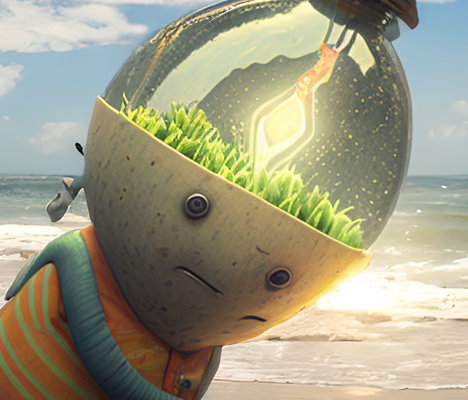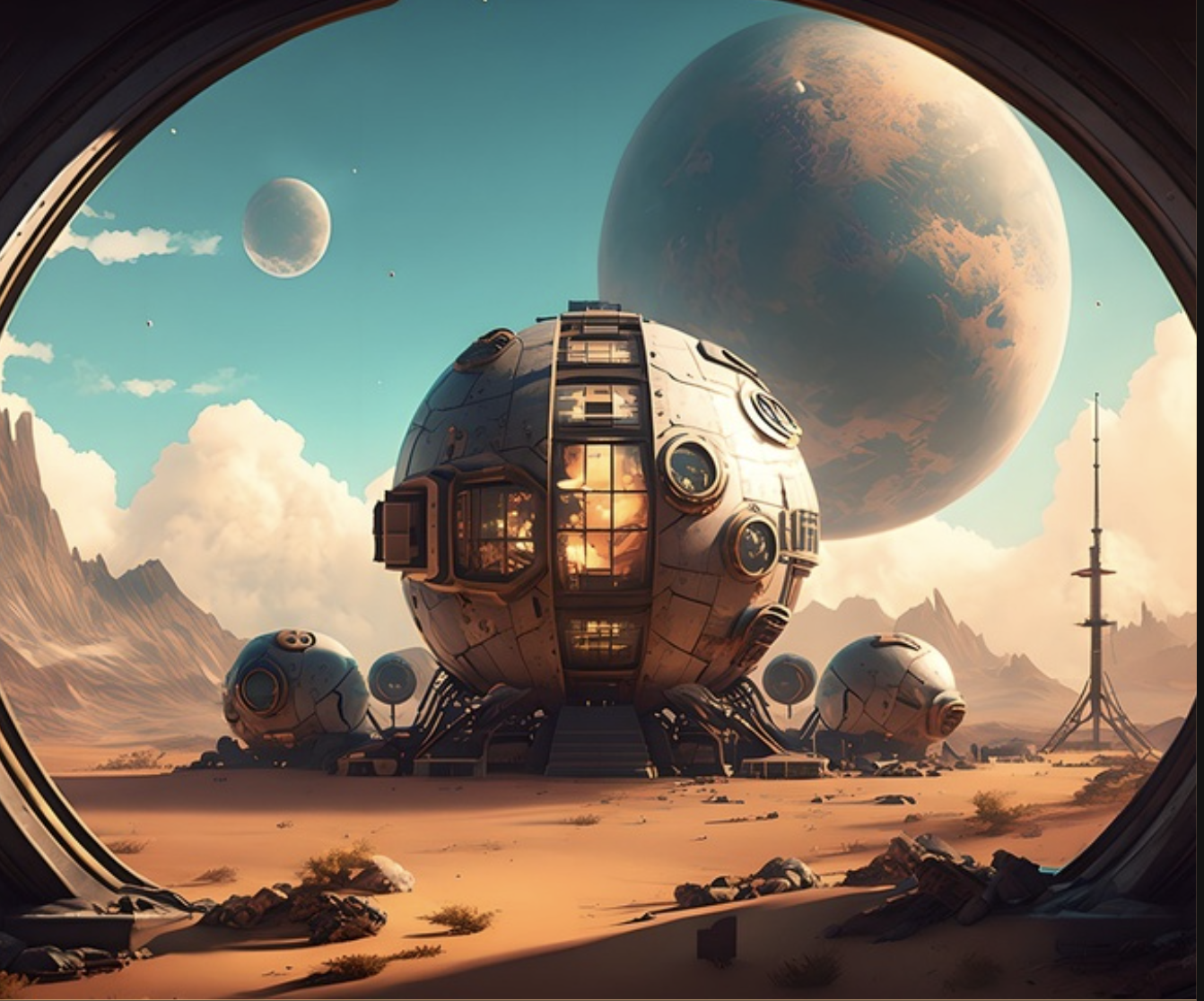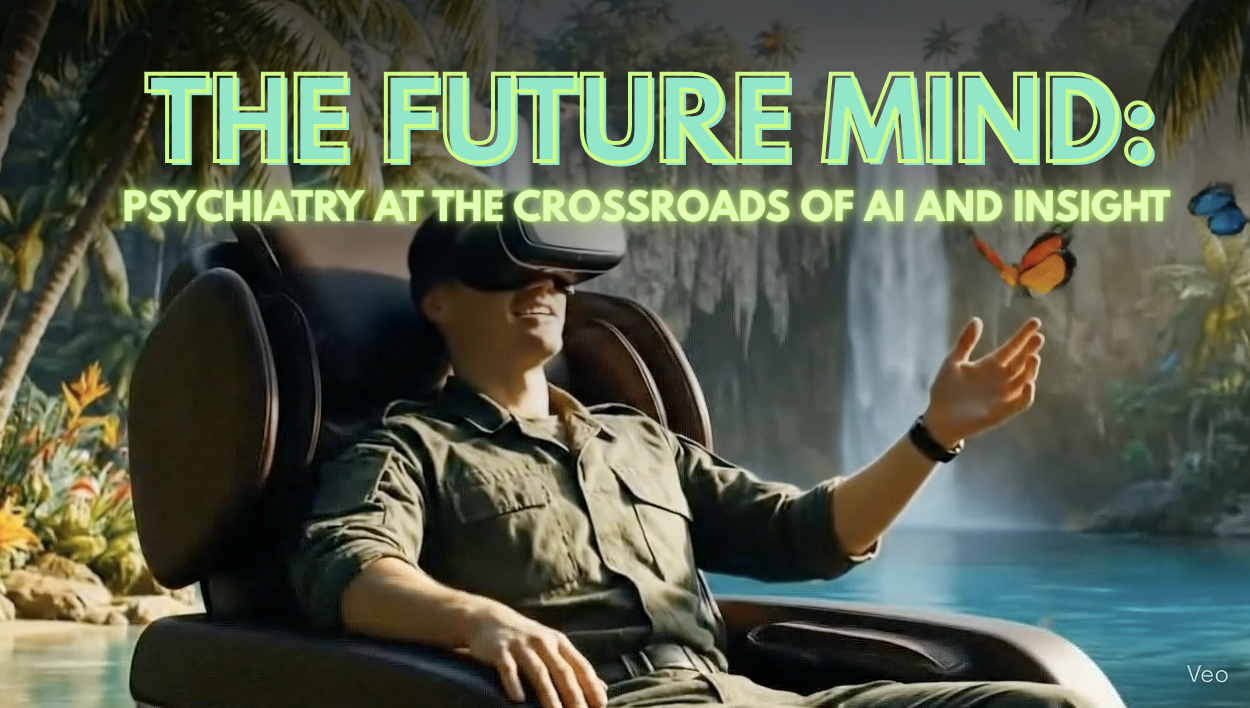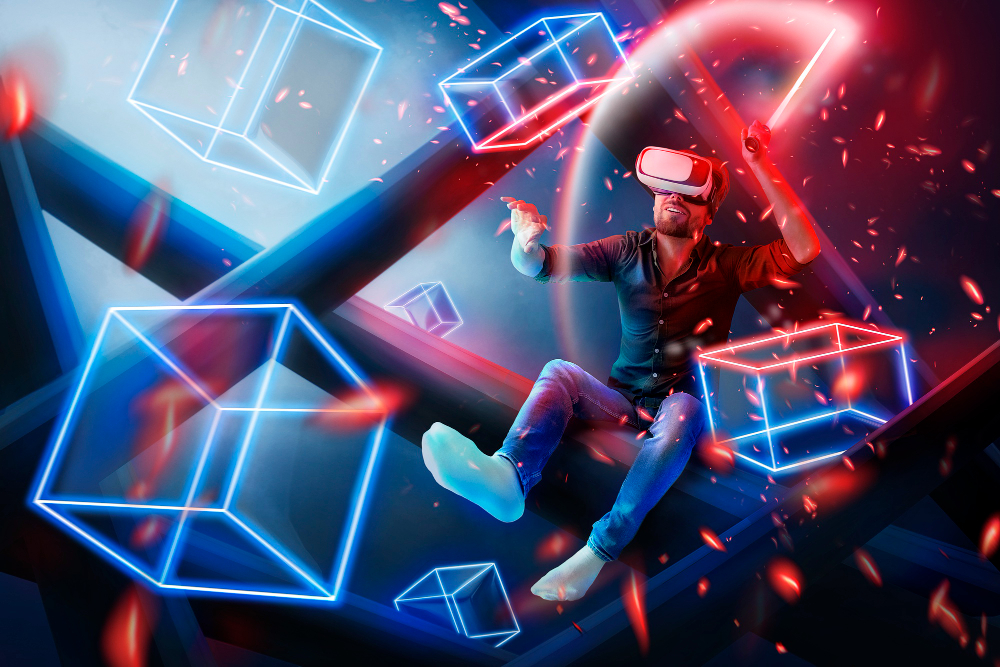Beyond Realities: The Synergy of Virtual Reality and Artificial Intelligence
In the ever-evolving landscape of technology, two transformative forces are converging to create a future that transcends our current understanding...
2 min read
 Nerdle
:
Oct 25, 2023 3:23:09 PM
Nerdle
:
Oct 25, 2023 3:23:09 PM

In the world of science fiction, the Star Trek holodeck has long captured our imaginations as the ultimate immersive virtual reality experience. This advanced technology, featured prominently in the Star Trek series, allows users to step into a completely immersive and interactive world, limited only by their imagination. But is the holodeck just a far-fetched dream, or are we getting closer to making it a reality in our world? In this blog, we will explore the concept of the Star Trek holodeck and examine how close we are to achieving a similar experience in real life.
For those not familiar with the Star Trek franchise, the holodeck is a fictional device that uses advanced holographic technology to create highly realistic and interactive environments. These environments can simulate any time, place, or scenario, allowing users to engage in various adventures, simulations, or training exercises. The holodeck is a central element in Star Trek, and it has been a source of fascination for fans and scientists alike.
A holodeck in the Star Trek universe is comprised of several key components, which include:
Creating a real-life holodeck presents numerous challenges, primarily due to the advanced technology required to simulate a fully immersive and interactive environment. Some of these challenges include:
While we may not have holodecks that replicate the Star Trek experience in its entirety, significant advancements have been made in the field of virtual and augmented reality (AR/VR). These technologies bring us closer to achieving some aspects of the holodeck:
While we may not have fully realized the Star Trek holodeck, the advancements in virtual and augmented reality technology, as well as haptic feedback systems, have brought us closer to creating immersive and interactive virtual environments. As technology continues to evolve, we can anticipate that our ability to simulate more realistic and engaging virtual worlds will continue to improve. Although we may not be on the cusp of stepping into a holodeck for a Klingon battle or a relaxing stroll through a 19th-century Parisian park, the dream of such experiences is not as far-fetched as it once seemed. With ongoing innovation and research, who knows what the future holds for immersive virtual reality? Perhaps one day, we'll come closer to realizing the dream of the Star Trek holodeck.

In the ever-evolving landscape of technology, two transformative forces are converging to create a future that transcends our current understanding...

Featuring Dr. Aaron Andersen & Nolie MacDonald🎧 Click here to listen to the full episode

In the ever-evolving landscape of technology, augmented reality (AR) has emerged as a revolutionary force, transcending the boundaries between the...